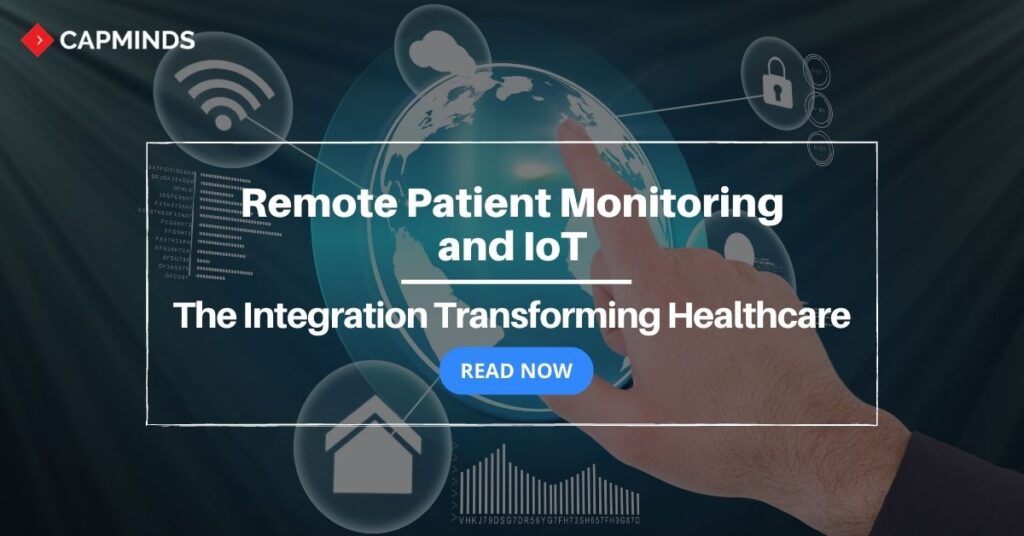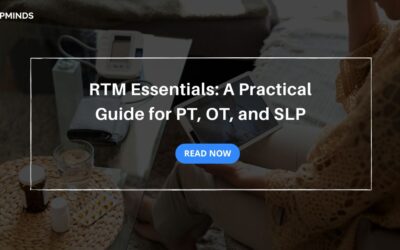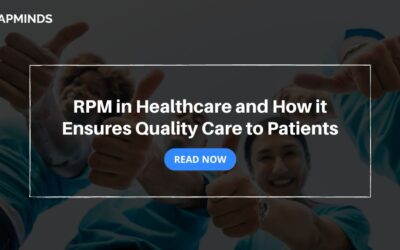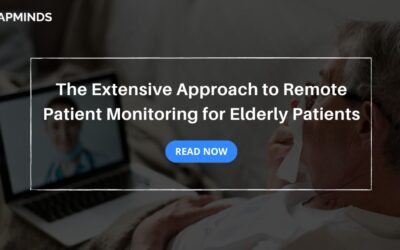Remote Patient Monitoring and IoT: The Integration Transforming Healthcare
In the dynamic realm of healthcare’s constant evolution, technology continues to play a pivotal role in reshaping patient care and clinical practices.
RELATED: Remote Patient Monitoring 101: The Ultimate Integration Guide
One remarkable fusion of technology and healthcare is the integration of Remote Patient Monitoring (RPM) and the Internet of Things (IoT). This amalgamation has opened up new avenues for healthcare exploration, revolutionizing how patients are monitored, diagnosed, and treated.
RELATED: Remote Patient Monitoring 101: Everything for 2023 & Beyond
This article explores the profound impact of combining RPM and IoT, highlighting its benefits, challenges, and potential for the future.
The Convergence of Remote Patient Monitoring and IoT
Remote Patient Monitoring involves the use of technology to gather patient data outside of traditional clinical settings. IoT, on the other hand, refers to the interconnection of everyday devices via the internet, enabling them to collect and exchange data.
When these two concepts converge, they form a powerful framework that has the potential to redefine patient care.
Benefits of the Amalgamation
1. Real-time Data Collection
- IoT-enabled devices, such as wearable sensors and smart medical devices, can continuously collect patient data, including vital signs, activity levels, and medication adherence
- This real-time data provides healthcare providers with a comprehensive and current view of a patient’s health status
2. Early Detection and Intervention
- The continuous monitoring of patient’s health metrics allows for early detection of abnormalities or changes in their condition
- Healthcare professionals can receive alerts and intervene promptly, preventing potential complications and hospitalizations
3. Personalized Treatment
- With a wealth of patient data at their disposal, healthcare providers can tailor treatment plans to each individual’s needs
- Personalized care improves patient outcomes and reduces the likelihood of adverse reactions to treatments
4. Chronic Disease Management
- RPM and IoT are particularly beneficial for managing chronic diseases
- Patients with conditions like diabetes, hypertension, or heart disease can be remotely monitored, allowing for better disease management and reduced healthcare costs
5. Reduced Healthcare Burden
- By remotely monitoring patients and intervening as needed, healthcare systems can alleviate the strain on hospitals and clinics
- This is especially valuable in situations where resources are limited or during public health crises
Challenges to Address
1. Data Security and Privacy
- The collection, transmission, and storage of patient data through IoT devices raise concerns about data security and patient privacy
- Robust cybersecurity measures are essential to protect sensitive medical information
2. Interoperability
- The IoT landscape comprises various devices from different manufacturers, leading to potential interoperability challenges
- Ensuring seamless communication and integration among devices is critical for effective remote patient monitoring
3. Data Overload
- The continuous stream of data generated by IoT devices can overwhelm healthcare providers
- Developing algorithms and tools to process and prioritize relevant data is essential to prevent information overload
4. User-Friendly Design
- IoT devices should be intuitive and user-friendly, especially for elderly or technologically inexperienced patients
- A clear user interface and proper training are necessary to ensure successful adoption
5. Regulatory and Legal Considerations
- The use of IoT devices in healthcare raises questions about regulatory compliance and liability
- Striking a balance between innovation and adherence to healthcare regulations is crucial
The Future of Healthcare Exploration
The convergence of Remote Patient Monitoring and IoT has the potential to transform healthcare in ways previously unimaginable. As technology advances and becomes more integrated into daily life, the possibilities are vast:
1. Predictive Analytics: AI-powered algorithms could analyze the data collected from IoT devices to predict health trends and identify potential risks, allowing for proactive interventions.
2. Telemedicine Evolution: RPM and IoT could lead to an evolution in telemedicine. Virtual doctor-patient interactions could be enhanced with real-time health data, enabling more accurate diagnoses and treatment plans.
3. Population Health Management: Aggregated and anonymized data from IoT devices could aid in population health management. Identifying trends and patterns across a large population could guide public health initiatives.
Final Thoughts
The amalgamation of Remote Patient Monitoring and IoT marks a significant milestone in healthcare exploration.
The ability to monitor patients remotely, harness real-time data, and provide personalized care has the potential to enhance patient outcomes and alleviate the strain on healthcare systems. While challenges such as data security and interoperability need to be addressed, the transformative potential of this fusion is undeniable.
As healthcare continues to embrace technology, the partnership between RPM and IoT stands at the forefront of innovation, reshaping the way we approach patient care and well-being.
Remote Patient Monitoring Solution from CapMinds
Be it treatment for anything, RPM’s role is vital. Its use of devices and delivering high-quality care remotely enables patients to relax and forget in-patient visit pressures.
Why choose CapMinds RPM?
- Simple new patient enrolment
- Manual & automated patient data access
- Customizable notification system
- Fully compliant billing
- Secure & HIPAA compliant
- Practice specific support
- Real-time tracking
- Better at-home chronic care management
- Reduced hospitalizations
- Efficient Remote Physiologic & Therapeutic Monitoring
CapMinds RPM solution allows patients to use digitally connected devices – like heart monitors and blood pressure cuffs to perform routine tests and share their health data with a healthcare professional. For more details visit our website and get started now with us on your journey to more success.
“Let’s make your practice more accessible to people around the world, together”



